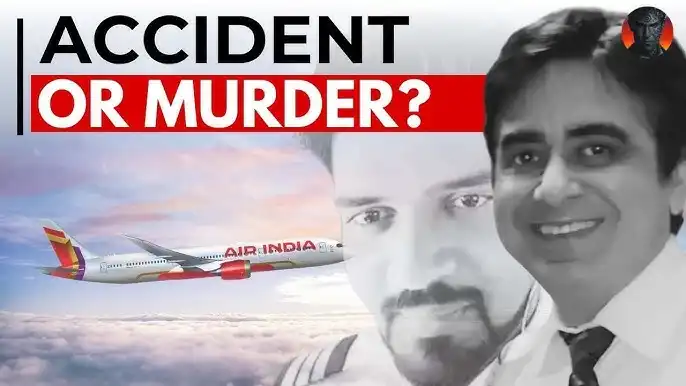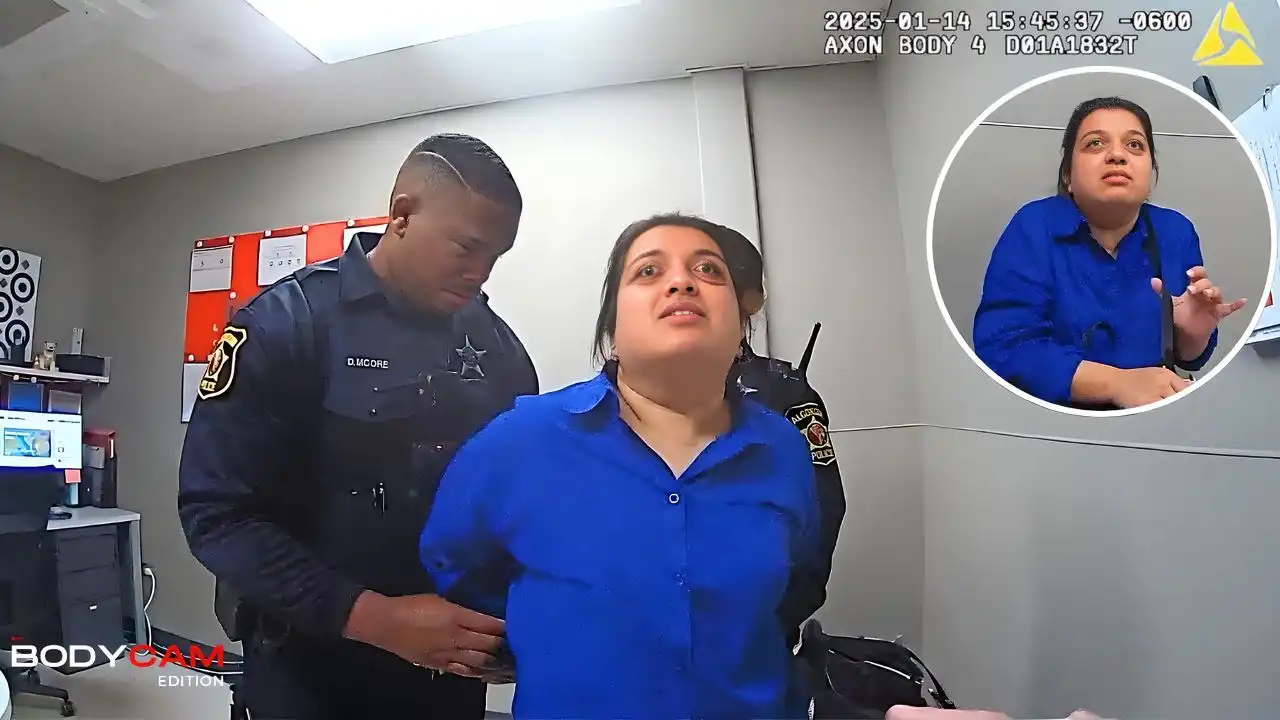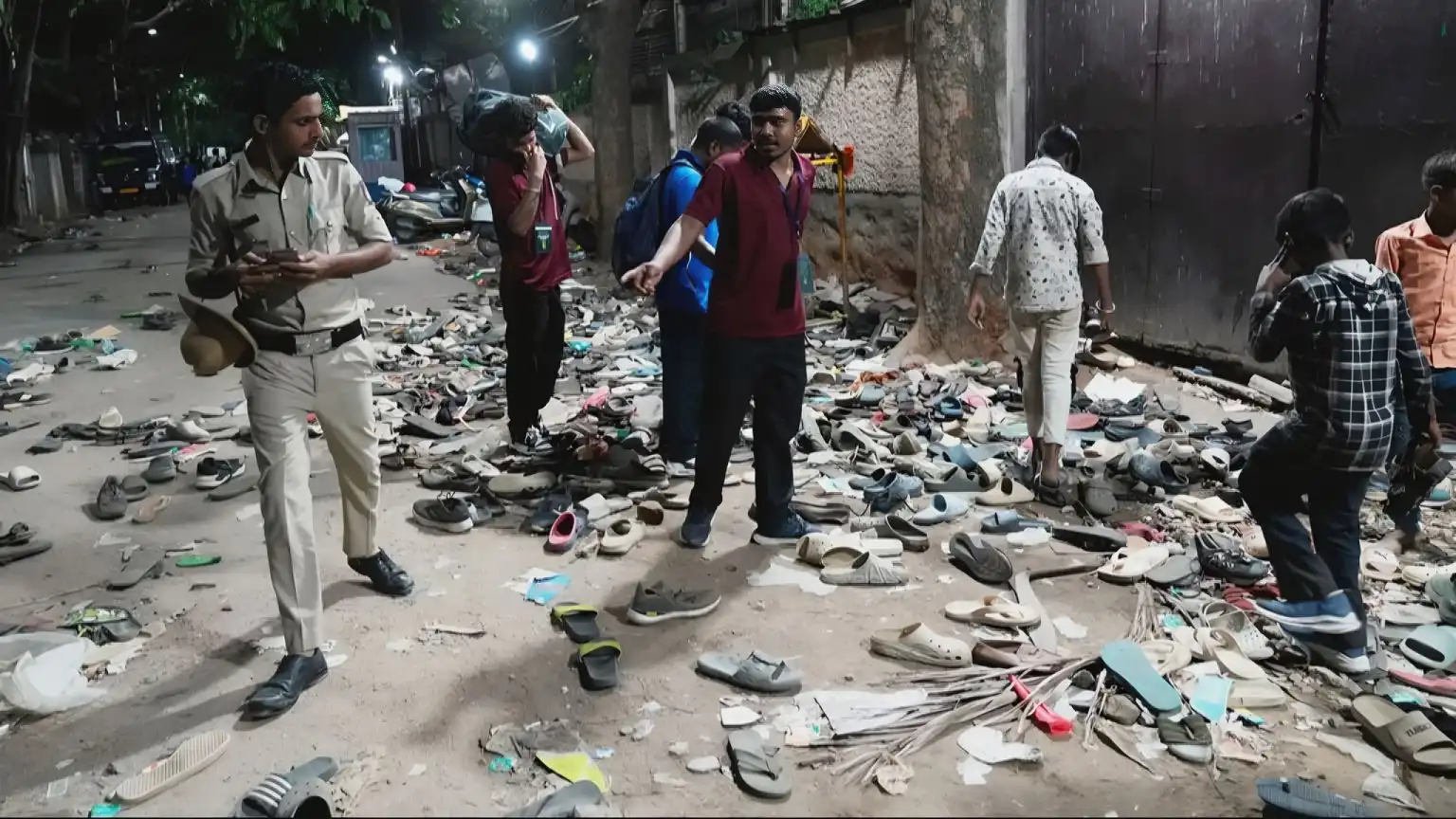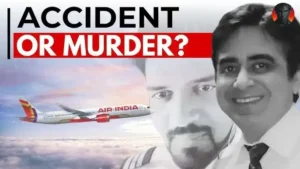Air India Crash 2025: Pilot or Machine Error!
When an aviation incident occurs, the immediate question often asked is: Was it human error or a mechanical failure? This dilemma has surfaced again in recent discussions surrounding Air India. Consequently, there are concerns about the national carrier’s safety protocols and operational oversight. The distinction between pilot error and machine malfunction isn’t just academic—it has profound implications for accountability, training, and future safety measures.
Video Credits To: https://www.youtube.com/@TCRS
The Incident in Question
While specifics can vary from one report to another, incidents involving Air India in recent years have been varied. They have ranged from hard landings and navigational misjudgements, to technical anomalies mid-flight. One high-profile case involved an aircraft overshooting the runway, leading to extensive investigations. Preliminary findings suggested a possible pilot misjudgment. However, some aviation experts pointed to potential lapses in the aircraft’s braking systems or weather-related challenges.
So, was it the human behind the controls, or a failure in the sophisticated systems designed to aid them?
The Complexity of Modern Aircraft
Modern commercial aircraft are marvels of engineering, loaded with redundant systems to ensure safety. However, they are not infallible. Sensors can provide inaccurate data, software glitches can occur, and maintenance can sometimes fall short of expectations. Air India, like many airlines operating on tight schedules, faces logistical and financial pressures. These can strain engineering and maintenance departments.
That said, aircraft are also increasingly automated. This shift places pilots in supervisory roles, where they are expected to monitor rather than manually control every aspect of the flight. But when automation fails or behaves unpredictably, pilots must quickly revert to manual flying—often in high-stress conditions. The margin for error is small, so training becomes critical.
Pilot Error: Still the Leading Cause
Globally, statistics show that pilot error remains the leading cause of aviation accidents. This is not necessarily due to incompetence, but rather the complexity and unpredictability of the flying environment. Weather, fatigue, system failures, and miscommunication can all contribute to the issue. In India, some have raised concerns about pilot fatigue, roster management, and inconsistent training standards. These factors could compromise decision-making in crucial moments.
For Air India specifically, several internal reports and whistleblower accounts have alleged lapses in simulator training. Additionally, there is undue pressure on crews to fly despite challenging conditions. These point toward systemic issues rather than isolated misjudgements.
Investigations and Transparency
One of the major concerns is the transparency of investigations. In India, the Directorate General of Civil Aviation (DGCA) is responsible for overseeing such incidents. Yet, critics have questioned the rigour and independence of some of its findings. Without transparent, unbiased reporting, the public is left in the dark. Thus, safety improvements may be delayed or misguided.
Furthermore, if machine faults are to blame, the spotlight turns to aircraft manufacturers, maintenance contractors, and procurement protocols. If pilot error is confirmed, then retraining, better scheduling, and psychological support for the crew become areas of focus.
The Verdict? Often It’s Both
In many cases, the line between human error and technical failure is blurred. A faulty sensor may give incorrect data. However, if a pilot misinterprets it or delays a decision, both elements contribute to the outcome. Aviation safety is an ecosystem, interdependent and delicate.
For Air India, which is undergoing a significant transformation under Tata Group ownership, this is a crucial juncture. Investing in newer aircraft, robust training programmes, and a culture of accountability could restore confidence in its operations. After all, safety must not be a balancing act between man and machine—it must be a promise guaranteed by both.
Final Thoughts
“Pilot or machine error?” may seem like a binary question. Yet, in aviation, the truth is rarely that simple. With Air India under renewed scrutiny and facing a rapidly evolving aviation landscape, the need for systemic reforms and transparency is more pressing than ever. The skies may be getting busier, but safety should never be left to chance.













